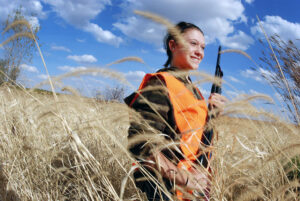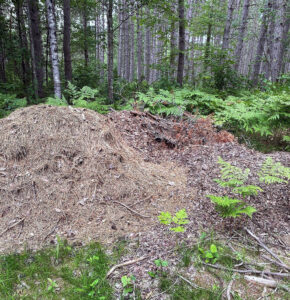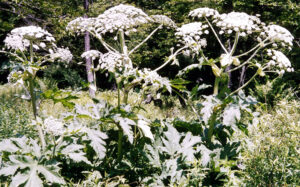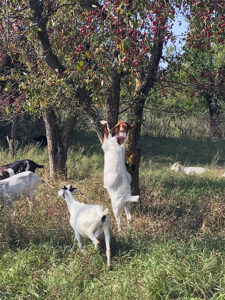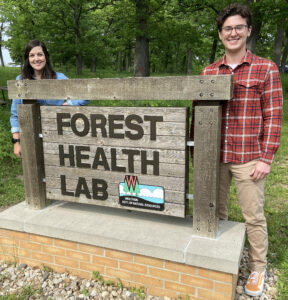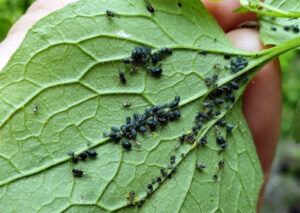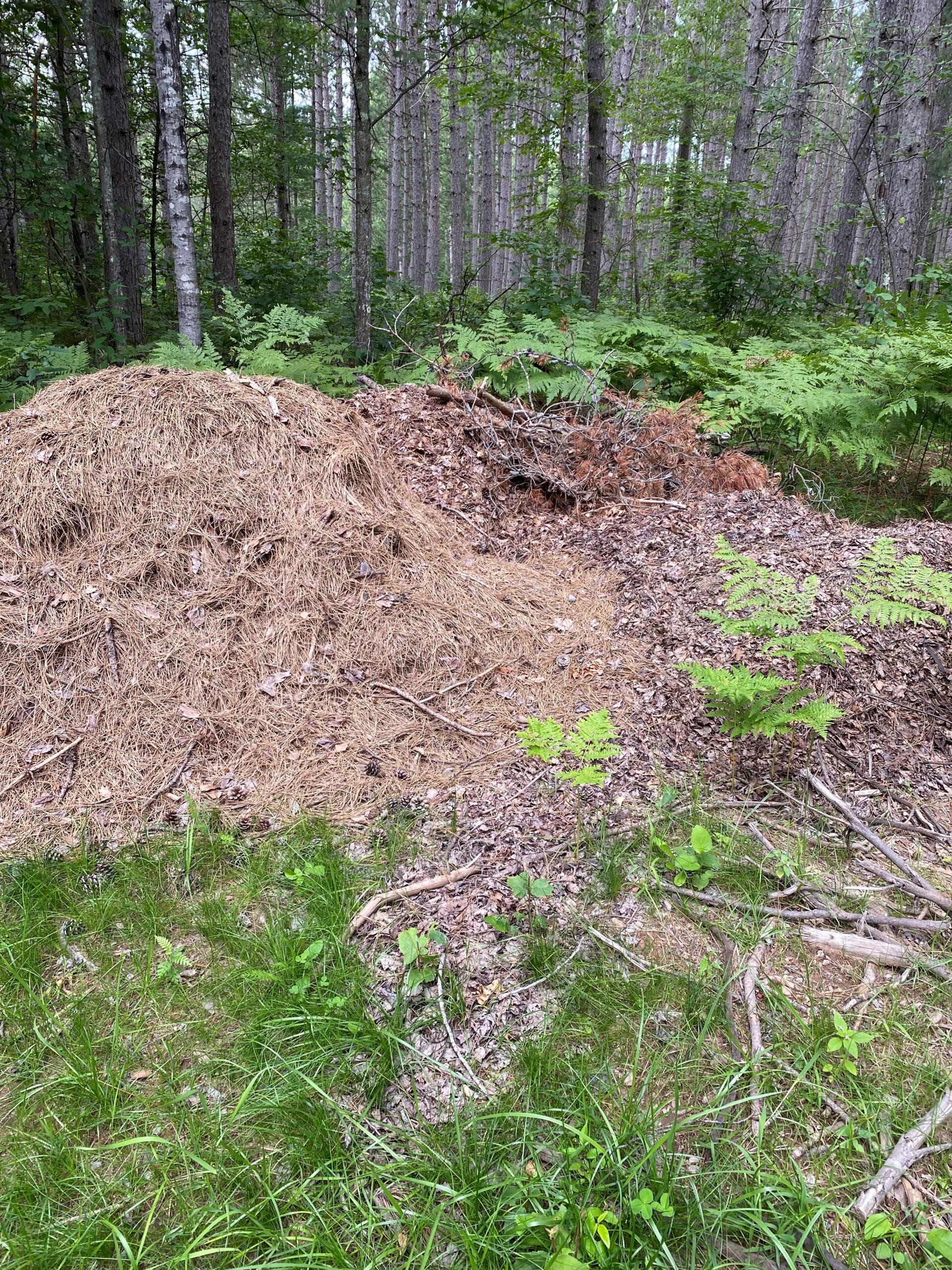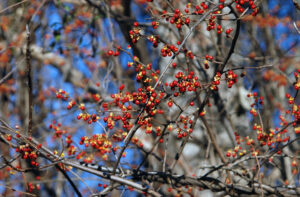
The berries of round leaf bittersweet (Celastrus orbiculatus) grow in clusters at each leaf axil. The highly invasive nature of this plant makes it unsuitable for use in fall decorations. / Photo Credit: Chris Evans, University of Illinois, Bugwood.org
By Erika Segerson-Mueller, Invasive Plant Program Specialist, Oshkosh Service Center;
Erika.Segersonmueller@wisconsin.gov or 715-492-0391
When temperatures begin to cool and back-to-school sales emerge, our thoughts turn to pumpkin spice, sweater weather and all things fall décor.
But as you gear up for spooky season this year, the Wisconsin Department of Natural Resources (DNR) reminds you to beware of using invasive plants in your decorations.

